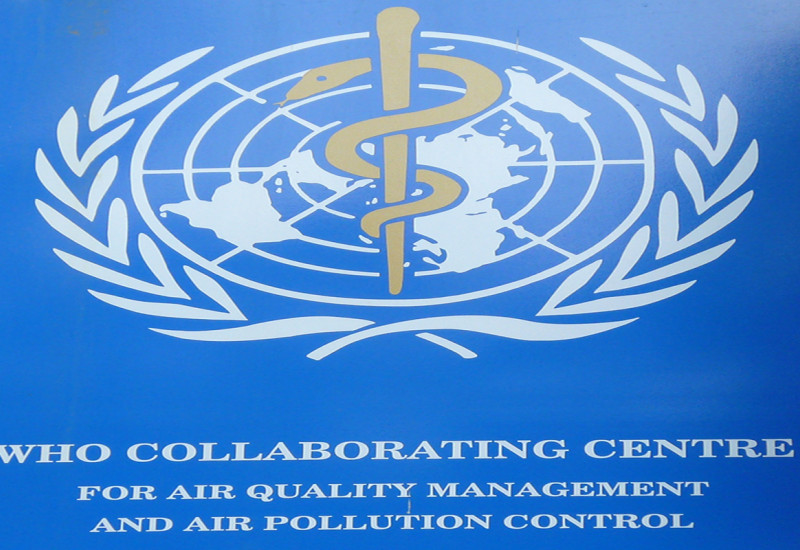Energy sector emissions lower, transport sector higher read more

 Umweltbundesamt
Umweltbundesamt


Energy sector emissions lower, transport sector higher read more

Statistics for 2014 indicate roughly 6,000 premature deaths due to cardiovascular diseases which are linked to background concentrations of NO2 read more

Air quality in Germany has improved over the last year. Nevertheless, about 46 percent of the measuring stations located near traffic areas registered an exceedence of the annual average limit value. read more

The air in Germany’s cities continued to have excessive levels of nitrogen dioxide pollution in 2016. This is according to an evaluation of preliminary measurements made by the federal states and the German Environment Agency. The threshold value of 40 micrograms per cubic metre on a yearly average was exceeded at about 57 per cent of all the measuring stations located near major thoroughfares. read more

The new low-emission zone made effective in the town of Aachen (Level 3, Baden-Württemberg) in February brings the total number of low-emission zones in Germany to 52. read more

Higher ozone levels for the first time in years; much lower particulate levels than 2014 read more

Wood-fired heating systems emit more particulate matter locally than road traffic read more

More than 90% of urban populations in the European WHO region are exposed to air with pollution concentrations that are sometimes well above the WHO air quality guideline values. Find out about the origin of these pollutants in the latest edition of the newsletter published by the WHO Collaborating Centre for Air Quality Management and Air Pollution Control located at UBA. read more